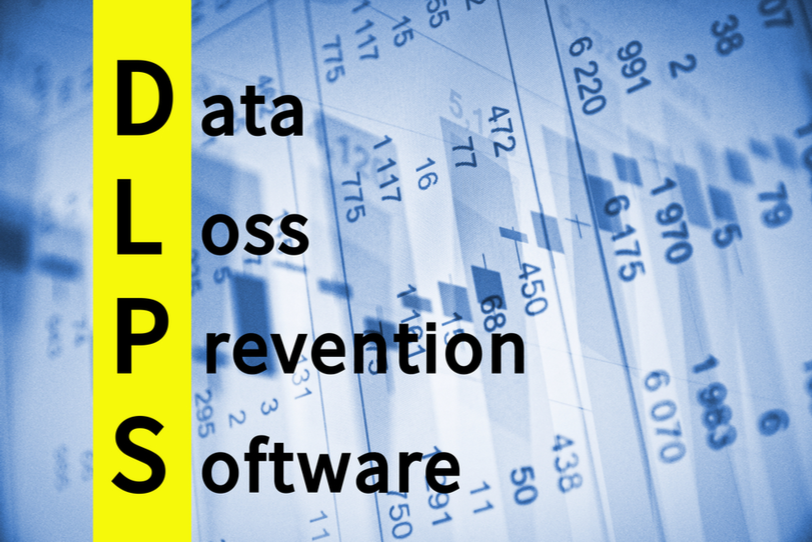
Companies are storing more sensitive data from their customers. Thus, the effects of a data breach are also increasing with time. If your enterprise is storing data, then Data Loss Prevention is very important for your business. In this article, we are going to discuss the best data loss prevention strategies.
Definition of DLP or Data Loss Prevention:
DLP is a strategy that will help you in protecting your sensitive information from security breaches. It will help you in identifying and tracking confidential data in your enterprise. If some outside user has access to your sensitive data, then they leak it in public. DLP tools will help you in preventing this data loss.
DLP will combine both processes and tools that will help you in preventing data loss. Data loss occurs when you can’t access your sensitive data. This can occur due to malware attacks, human errors, and hardware failure. DLP is becoming more important with time. There are various security compliances that companies need to follow. DLP strategy will help you in following these strict regulations. Also, it will reduce the possibility of a data breach.
Best DLP Practices
-
Classify and Prioritize Data
You should classify your data in different categories. It is important to apply tags to your data. This will help your organization in tracking and monitoring data. You should use simple categories and tags. For example, you can use tags like intellectual property, username, and regulated data. These categories will vary according to your business nature. However, this is the first step in implementing a good DLP strategy.
You should order data according to its importance. If you are in the manufacturing sector, then design files are the most important thing for you. However, they also need to protect other sensitive. DLP implementation will start with the most important data.
-
Define Responsibilities and Roles
If you want your DLP strategy to work, then it is important to define proper roles. Your employees are responsible for implementing your DLP plan. Thus, they must know about their roles and responsibilities. You should use the least privilege principle. This will ensure that your employees can only access the data that they need.
Most DLP solutions in the market already have pre-configured rules. They are using regulations like GDPR and HIPAA. However, your IT team should modify this according to your security policies. Also, your IT team should be ready to respond to incidents and alerts. This will provide clarity to your DLP plan.
-
Understand the Data States
Your data can be in three different states. It can be resting in your database. Some of your data will be in use. Also, some of your data will be in motion. It is important to understand these three data states. This will help you in understanding when your sensitive data is at risk. You need to use techniques according to your data state.
If your data is at rest, then it is stored in your database or cloud storage. It is important to use strong encryption algorithms for encrypting your data. This will help you in protecting your data from a breach. If your data is in the unauthorized server, then your DLP tool should alert you.
If your data is moving, then you should use Network DLP tools. They will help you in inspecting your network traffic. It will inspect the files that are moving in your network. Thus, it will help you in protecting your data. If your data is stored in endpoint devices, then you can use endpoint DLP solutions. These solutions will help you in tracking user behavior.
-
Develop Controls and Communicate
First, you should monitor your data. This will help you in finding the data that is at risk. After that, you should understand why your data is at risk. You should create controls that will help you in reducing this risk. These controls can be very simple in starting. You only need to target the riskiest behaviors. However, your DLP program should become complex with time. You should develop fine-tuned controls for your organization. This will help you in mitigating risks.
-
Train your employees
Employee training will also help you in mitigating the risk of data loss. Your employees don’t know that some of their actions can lead to data loss. However, you can easily correct this mistake. If you have already educated your employees, then they will avoid these accidents. DLP solutions will already tell your employees that which data is sensitive. Thus, they will use that data wisely. These prompts will help you in reducing risky user behavior.
-
Deploy your strategy
You should have complete control over your critical data. This is the first step of any DLP strategy. However, this is not the last step of this process. You might need to expand your data set. Thus, you need more fine-tuned controls for your company.
DLP is an always ongoing process. You should start with a solid DLP strategy. However, it is also important to modify this strategy with time. You need to protect more sensitive data with time. Thus, it is important to keep working in this strategy.
Conclusion
Companies are storing sensitive data from their customers. Thus, data breaches are also rising with time. There are many rewards for hackers. Your company can lose a lot of revenue due to these data breaches. Thus, it is important to protect your sensitive data. DLP will help you in protecting your sensitive data. DLP is just a collection of strategies and tools. It is becoming more important with time. Every business is trying to implement a DLP strategy. We have already shared the best tips in this article. You can use these tips for creating a perfect DLP strategy. If you need more information regarding DLP strategies, then you can contact Bleuwire.
Contact us today to learn about Bleuwire™ services and solutions in how we can help your business.





